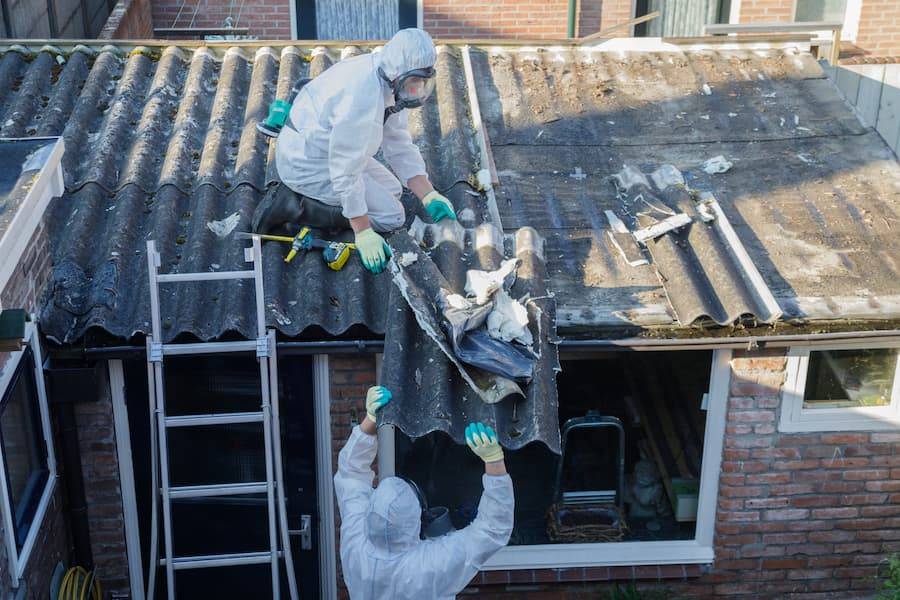 Add My Company
Add My Company
Sign In

For more information on SAFELY DISPOSING OF ASBESTOS: VITAL GUIDELINES talk to Greens Recycling and Waste Management
Enquire Now
List your company on FindTheNeedle.



